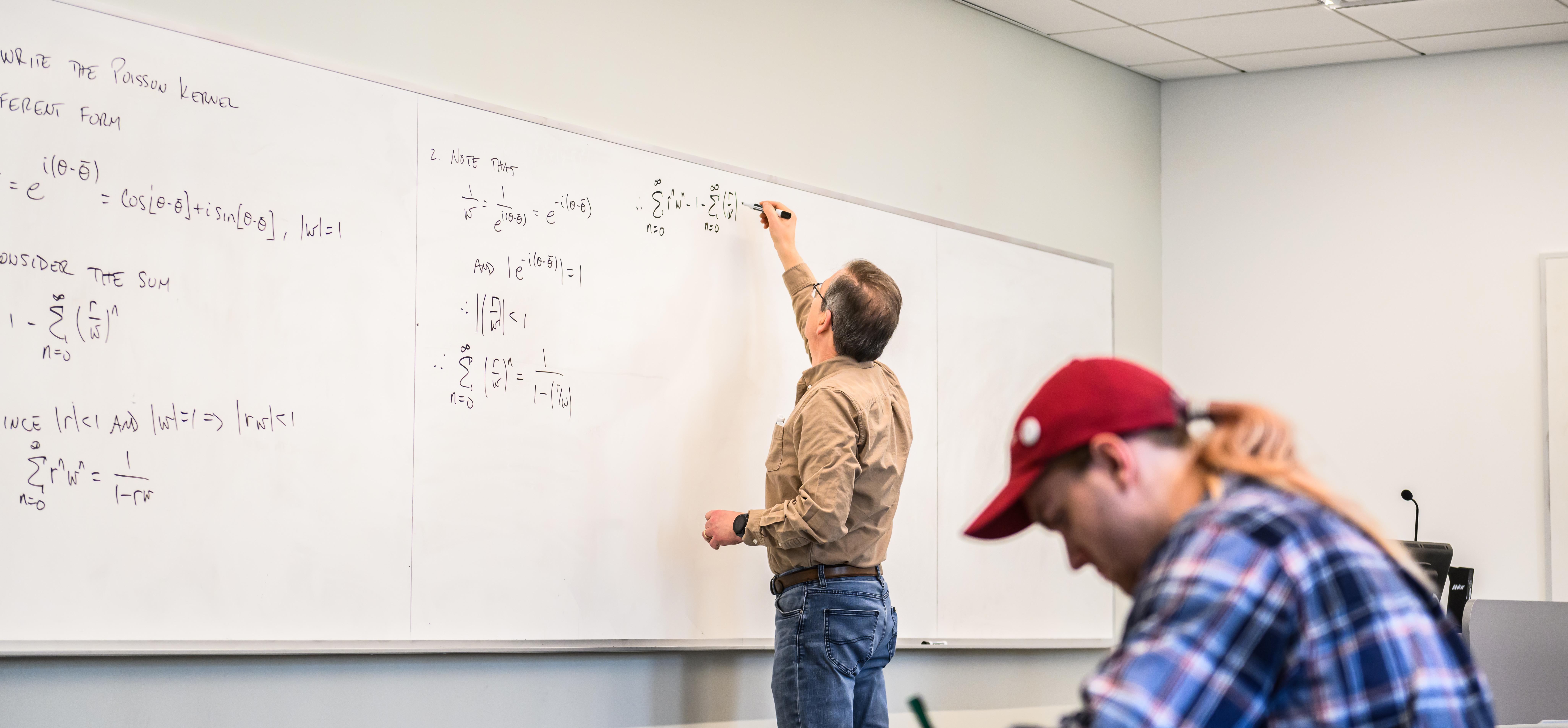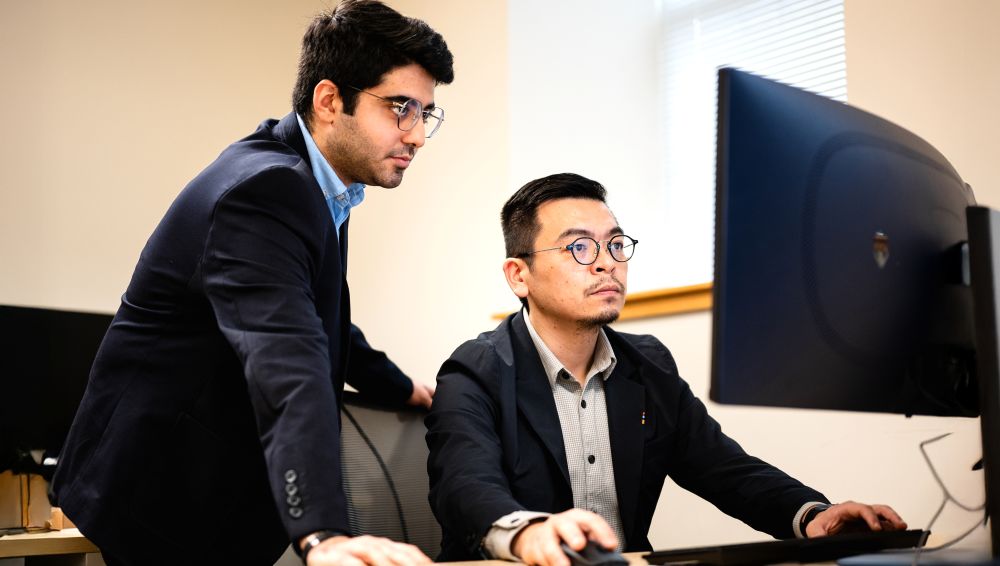Dalin Tang, professor of mathematical sciences and biomedical engineering at Worcester Polytechnic Institute (WPI), has been elected a fellow of the American Heart Association (AHA). Tang was elected to fellowship by the AHA's Council on Basic Cardiovascular Sciences in recognition of his "major and productive contributions in cardiovascular basic science."
"This is a significant and well-deserved honor, one accorded only a very small fraction of the members of the American Heart Association," said WPI Provost Eric Overström. "The fact that Professor Tang earned this recognition for work in mathematics and computational modeling, rather than traditional medical research, makes this an even rarer and more impressive distinction. Professor Tang's groundbreaking research has not only advanced our understanding of heart disease and stroke, but it will lead to new computational tools that will greatly improve the diagnosis and treatment of these major killers. It is gratifying to see such important work recognized with this national honor."
In his research, Tang studies cardiovascular disease using sophisticated computational models, patient-specific magnetic resonance imaging (MRI) and intravascular ultrasound (IVUS) scans, and histological studies of diseased arteries and ventricles. Much of his research over the past decade has focused on factors that affect the growth, development, and rupture of atherosclerotic plaques in arteries. The rupture of arterial plaques is responsible for 60 percent of sudden, unexpected heart attacks and the majority of strokes. However, available screening tools are insufficient to identity which plaques are most vulnerable to rupture and which could be left alone. As a result, studies from six major clinical trials have shown that of 15 to 20 surgeries performed to remove arterial plaques, only one actually prevents a rupture. Tang's aim is to develop computational tools that will enable physicians to accurately assess a patient's risk of having a plaque rupture and to make better decisions about treatment—including when to perform surgery.
Tang and his team of students and international collaborators have become recognized as the leading research group studying how the combination of plaque components and fluid and structural forces can cause plaque rupture. They have indicated that the risk of rupture is dependent on the combination of two primary factors—the composition of the plaque and the forces acting on it. For example, plaques with thick caps are less likely to rupture than plaques with thin or worn caps, and higher plaque wall stress and higher flow sheer stress seem to correlate both with advanced plaque progression and greater risk of rupture. These findings, which were contrary to what was previously believed about plaque progression, have become the foundation of an assessment technique that Tang hopes to one day make available commercially.
The award of fellowship from the American Heart Association recognizes other research by Tang, including studies of the human right ventricle that he has conducted in collaboration with researchers at Harvard. As in his work on arterial plaque, Tang combines patient-specific medical images and computational modeling to construct computer models of the right ventricle that could be used by physicians to explore the efficiency and suitability of various surgical procedures for ventricle repair.
Tang's research has been supported by major awards from the National Science Foundation (NSF) and the National Institutes of Health (NIH), beginning with an NIH RO1 award in 2004--the first such grant received by a WPI researcher. His accomplishments earned him the university's Kalenian Award, which honors innovation and entrepreneurship, in 2008, and the WPI Board of Trustees Award for Outstanding Research and Creative Scholarship in 2010.
Professor Dalin Tang Elected a Fellow of the American Heart Association
Honor Recognizes Pioneering Research That Will Lead to New Tools to Help Physicians Diagnose and Treat Cardiovascular Disease
September 26, 2011



